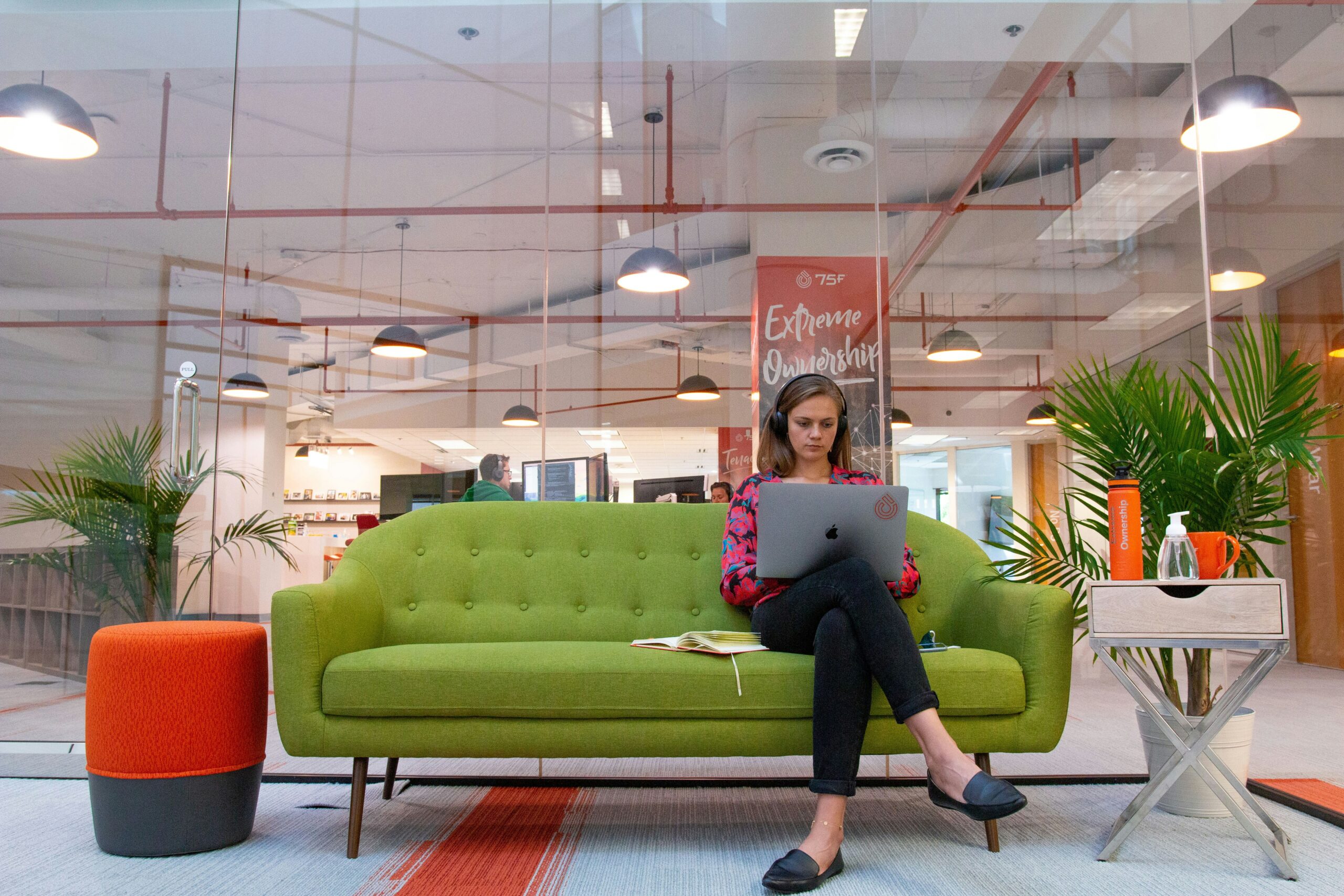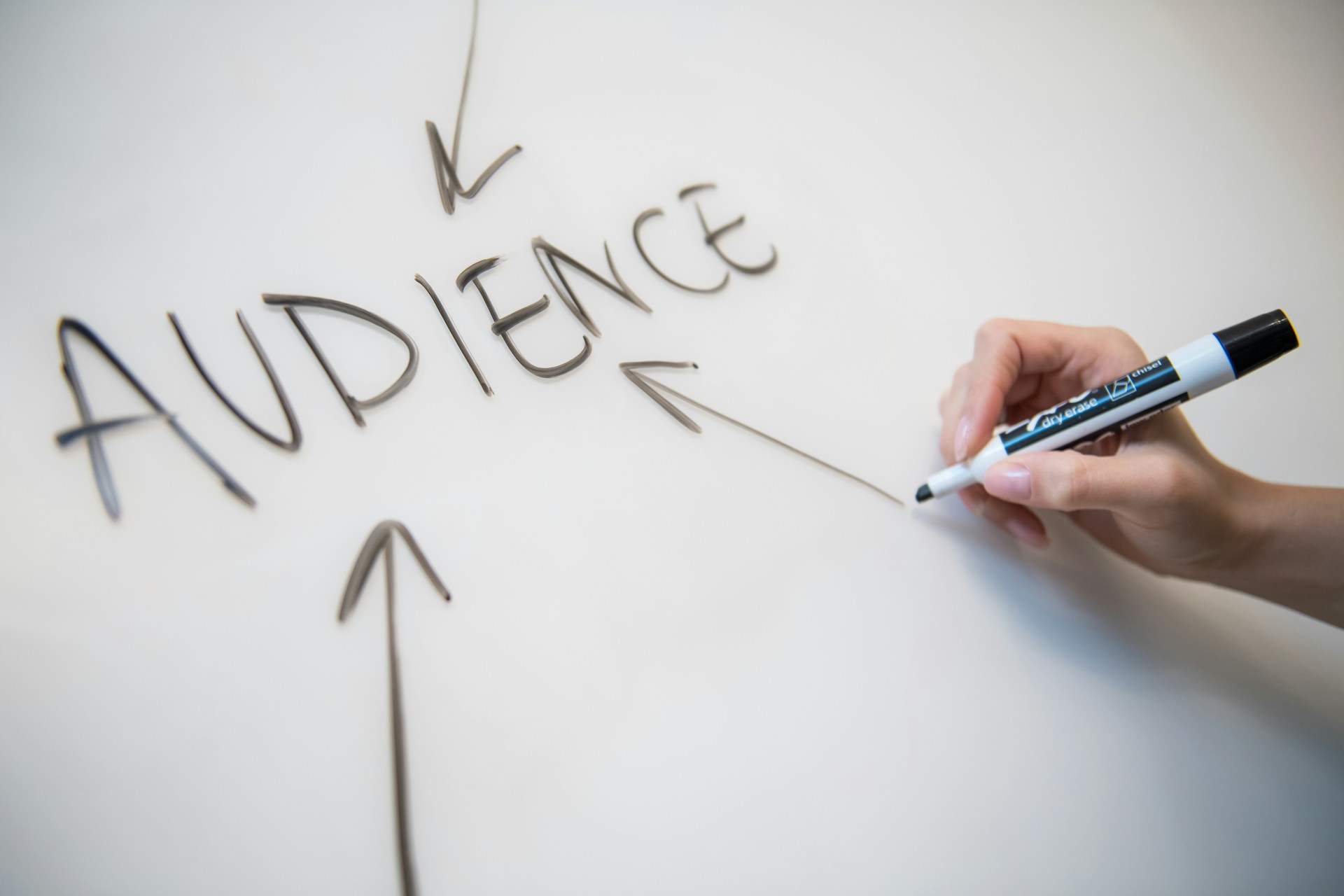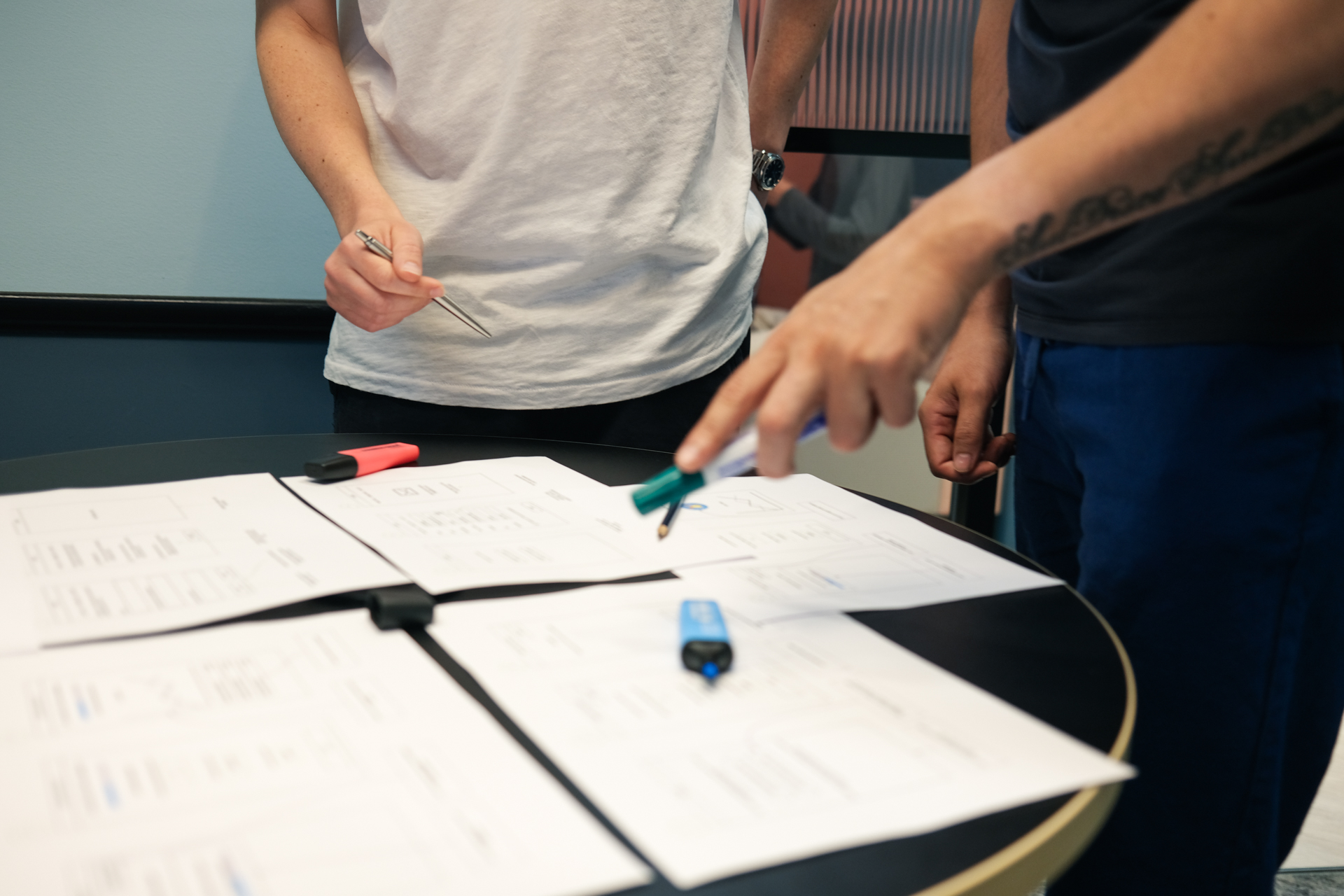Improving Customer Acquisition with Great UX

I’ll be blunt, CAC, Customer Acquisition Costs in digital products are misunderstood. Metrics can be a nebulous matter but when they are directly tethered to spending, there is some degree of comfort in their brutal honesty. Not always. The key reason that CAC is misunderstood is because the calculation doesn’t go deep enough. Traditionally, CAC has been something that has been marketing and sales responsibility.
When exploring customer acquisition cost optimisation strategies for digital products, we often overlook the most fundamental element: the user experience itself. This oversight leads to a critical gap in our understanding of true acquisition costs.
Tiny problem with that whole premise in the context of digital experiences;
Marketing will only help attract users, it will not help users to stick around. You know, the actual acquiring part.
At any point in your consumer life, have you ever kept using a digital product because the marketing was good? No! You kept using it (aka, you were acquired) by the company because it helped solve your problem in some fashion and this was partially achieved through UX.
The Marketing-Experience Disconnect

Traditionally, CAC has been viewed solely through the marketing and sales lens – calculating advertisement costs and related overheads. However, this creates a dangerous misalignment: increasing marketing spend while ignoring fundamental UX flaws creates an unsustainable bottleneck. The ROI of UX investment in customer acquisition often exceeds traditional marketing spend, yet many organisations continue to underinvest in this critical area. When marketing promises don’t match the actual user experience, you’re not just wasting acquisition costs – you’re actively harming your brand’s credibility.
Consider this: for every pound spent on marketing to acquire new users, how much is wasted when those users encounter a poorly designed product? The real cost multiplier occurs when users abandon your product due to poor experience, forcing you to spend even more on marketing to replace them. It’s a vicious cycle that no amount of marketing brilliance can overcome.
UX to the rescue

Every digital product has its own unique strengths and weaknesses. Understanding how reducing customer acquisition costs through user experience works requires examining several typical contenders:
User Onboarding
User onboarding isn’t just another factor in customer acquisition – it’s the critical bridge between marketing promises and actual value delivery. Think of good user onboarding as a stone bridge of multiple elements that lean on each other to create a solid, supportive path for first-time users to reach their goals and find value in the product experience.
When user onboarding fails, the symptoms are clear and costly:
- Large numbers of users sign up once and never return
- Users fail to see value in freemium products and don’t upgrade
- High cancellation rates after the first invoice
- Exponentially increasing marketing costs to replace churned users
The most successful companies understand this. Take Slack’s approach: they discovered that teams sending 2,000 messages had a 93% retention rate. This became their north star for onboarding – every element of their user experience was designed to guide teams toward this critical threshold. This isn’t just onboarding; it’s strategic behaviour design that directly impacts CAC.
Time to Value
Time to Value (TTV) represents the speed at which users realise tangible benefits from your product. McKinsey research revealed that banks reducing their TTV for new account holders saw customer satisfaction increases between 10% to 30%. This isn’t just about satisfaction – it’s about dramatically reducing the cost of acquiring loyal customers.
The product-led growth impact on acquisition costs becomes particularly evident when examining TTV metrics. The relationship between TTV and CAC is direct and powerful. Every moment of friction in the early user experience increases the likelihood of churn and, consequently, the need to spend more on acquiring replacement users. Companies like Canva demonstrate this principle perfectly – their immediate value delivery through guided product experiences has resulted in predominantly word-of-mouth growth, significantly reducing their CAC compared to traditional competitors.
The True Cost Structure
If poor user experience inflates CAC through abandoned onboarding and slow time-to-value, then we must rethink how we calculate acquisition costs. The traditional CAC formula has lulled many organisations into a false sense of security, leading them to pour money into marketing while ignoring the very experience that determines whether those marketing pounds yield returns or evaporate on contact with their product.
The traditional Marketing CAC costs remain relevant but should be viewed as amplifiers rather than drivers. After all, people need to be aware of great UX, no? These encompass your marketing campaign expenditure, ongoing sales team overhead, and advertising costs – essentially, the cost of your acquisition funnel. Yet these represent only half of the equation.
Product CAC (P-CAC) represents the foundational investments that determine acquisition efficiency. This includes comprehensive UX research and user journey mapping, thoughtful interface design and implementation, strategic product development, rigorous user testing and iteration, and robust analytics infrastructure. These elements form the backbone of successful digital product adoption.
When we combine these elements, a new formula emerges: True CAC = (M-CAC + P-CAC) ÷ (Acquired × Retained Customers). This formula reveals something crucial: investments in product experience can actually reduce your total CAC by increasing the retention denominator. While M-CAC typically represents ongoing costs that scale linearly with acquisition efforts, P-CAC often represents one-time or periodic investments that continue to yield returns through several key areas.
Revenue efficiency also improves markedly with proper UX investment. Organisations see higher conversion rates from trial to paid subscriptions, increased product adoption depth across features, and improved customer lifetime value. This often manifests in stronger upgrade paths to premium features, creating a natural progression for users to expand their engagement with the product.
Perhaps most importantly, these investments drive sustainable growth metrics. Beyond just satisfaction scores, companies maintaining healthy churn rates of 3-8% often attribute this success to superior user experience. This leads to increased word-of-mouth referrals and strengthened brand loyalty – creating a virtuous cycle where good UX continuously reduces future acquisition costs.
The impact of this revised structure becomes clear when we examine successful digital products. Products with well designed UX see dramatic improvements in key metrics:
- Every 100ms improvement in page load time increases conversion by 1%
- Strong user onboarding can lead to 66% user acquisition through word-of-mouth
- Clear user journeys can reduce support costs by up to 30%
This restructured view of CAC challenges organisations to think differently about their acquisition investments. While marketing spend might show immediate results, UX investments create compounding returns that continuously reduce true CAC over time. The key is understanding that every pound spent on improving user experience isn’t just a product cost – it’s a direct investment in reducing future acquisition costs.
For digital products, this means prioritising:
- First-time user experience optimisation
- Clear value demonstration pathways
- Friction reduction in critical journeys
- Performance optimisation
- Continuous user feedback loops
By adopting this more comprehensive view of CAC, organisations can make more informed decisions about where to invest their resources for maximum impact on sustainable growth.
My Conclusion

The mathematics of CAC tells us an undeniable truth: while marketing brings users to your door, it’s the user experience that invites them to stay. Consider how often you’ve recommended a product not because of its marketing, but because “it just works better” than the alternatives. This seemingly simple praise often masks hours of thoughtful UX design that makes complex tasks feel effortless.
While investing in well structured UX design requires higher initial commitment than traditional marketing, it creates a compounding effect that traditional CAC calculations often miss. This better understanding of a digital experience CAC creates a better understanding of the LTV, Life Time Value of the customer. Your users stay longer and some even become advocates. Not because you told them your product was great, but because their experience proved it. In the end, no amount of marketing brilliance can match the acquisition power of a personal recommendation.
Photo by Melanie Deziel and Kelly Huang on Unsplash